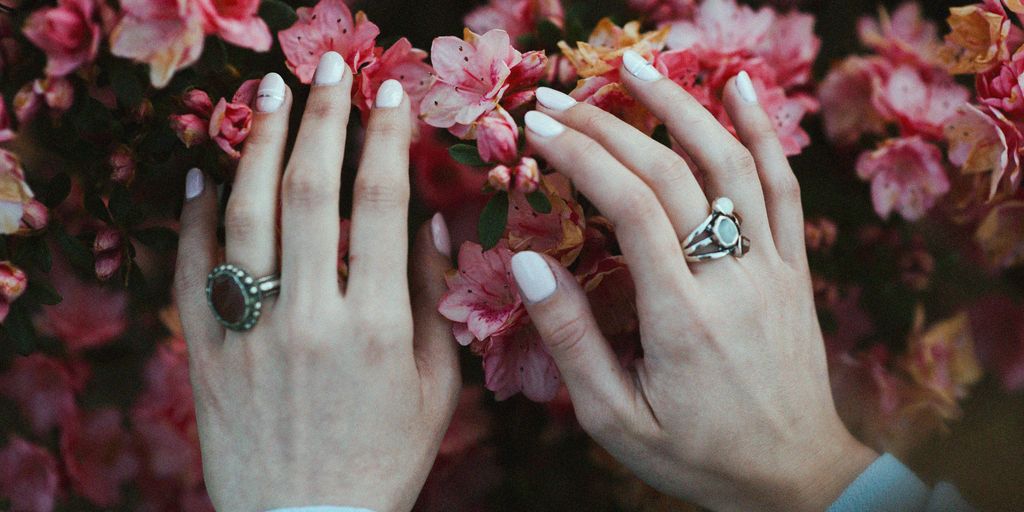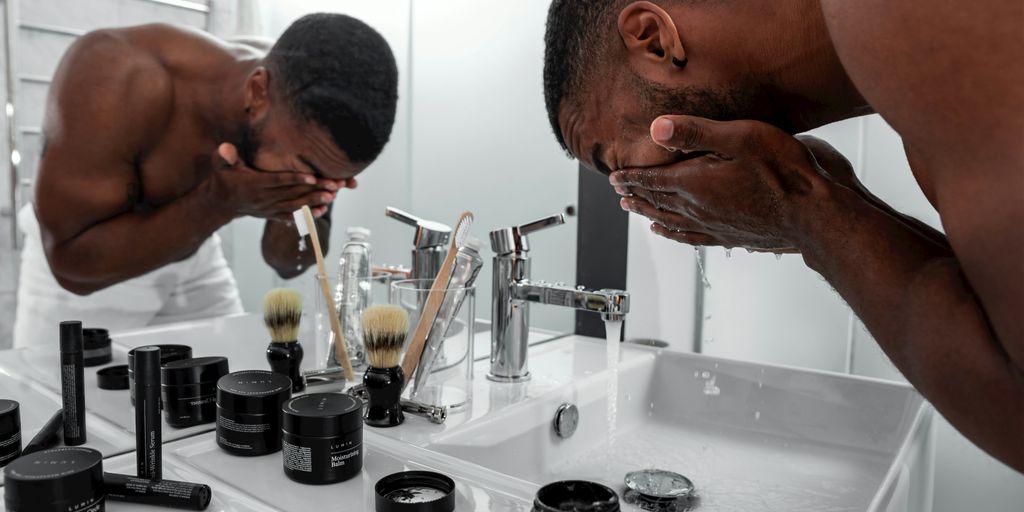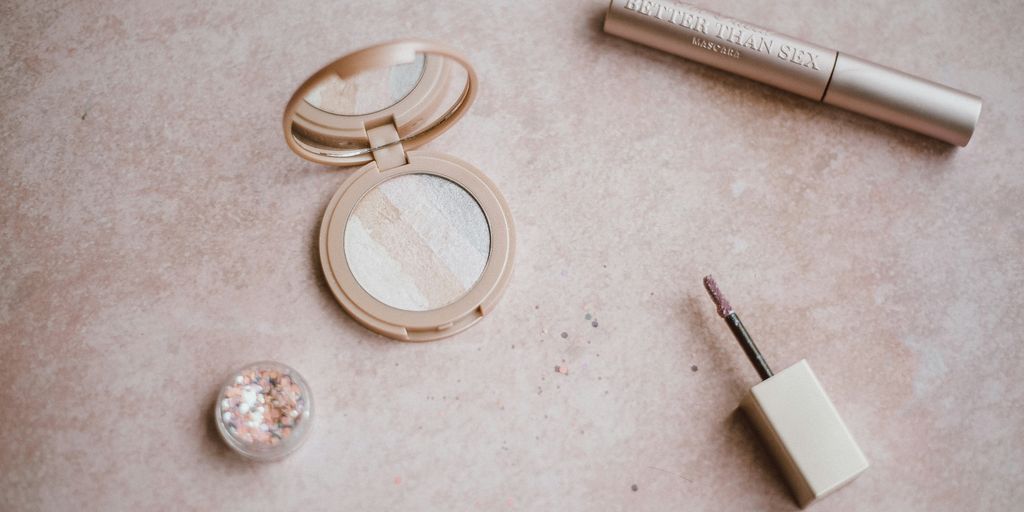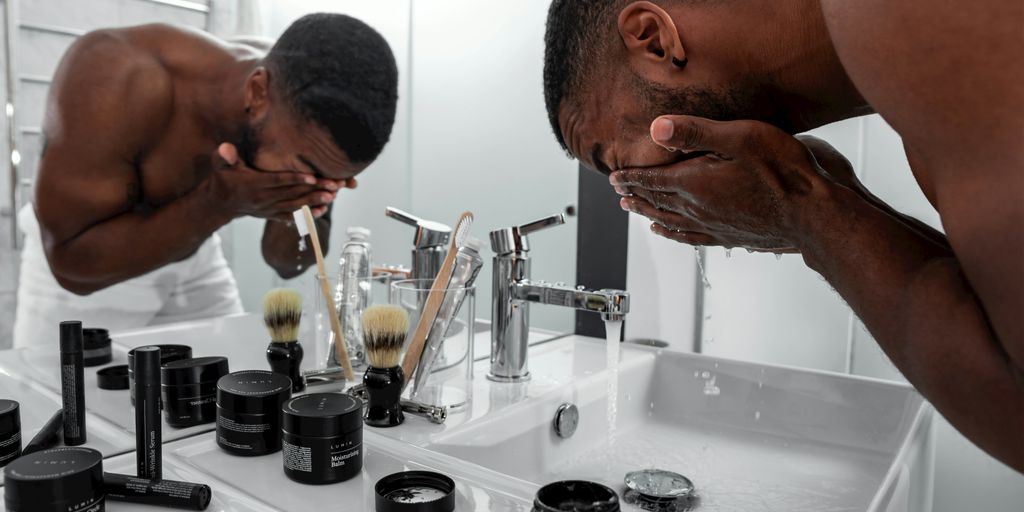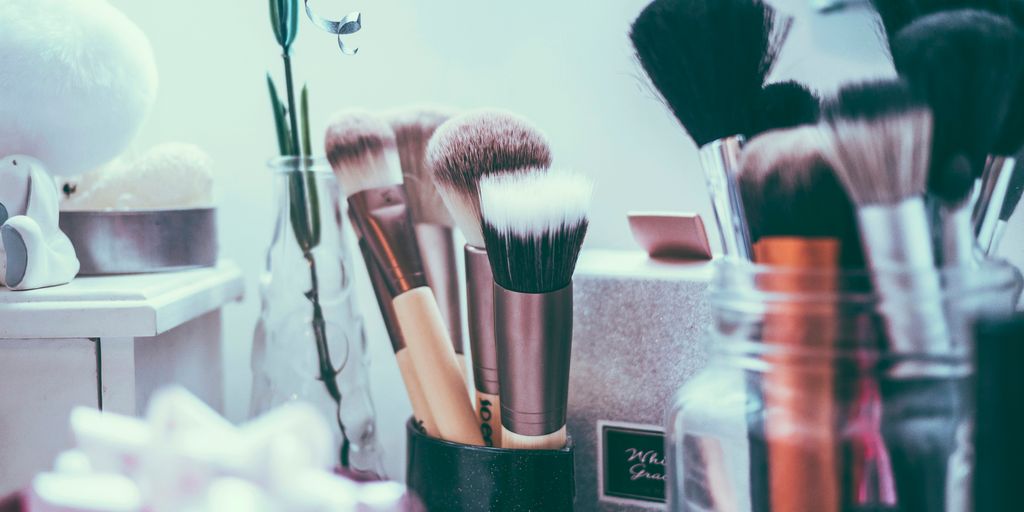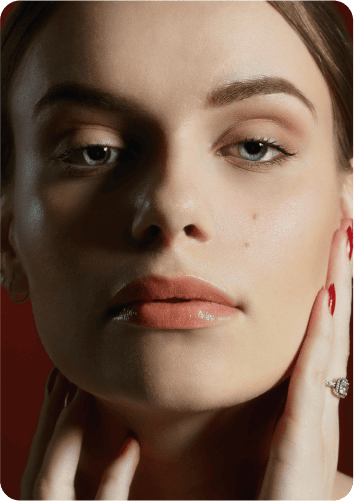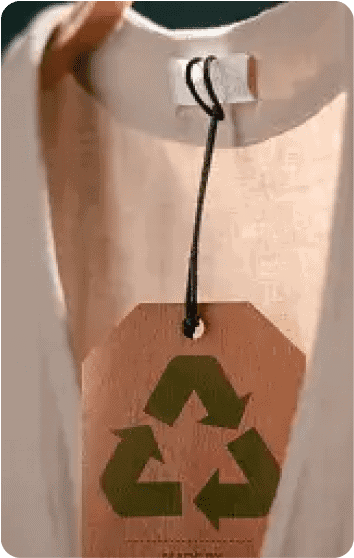In 2025, the question on many beauty enthusiasts’ minds is, “Is OPI cruelty free?” With the growing awareness about animal testing and ethical beauty products, it’s essential to dig into the facts and myths surrounding OPI’s cruelty-free status. This article will explore what cruelty-free really means, the current policies of OPI, and how consumer choices can influence the beauty industry.
Key Takeaways
- Cruelty-free means products are not tested on animals, but definitions can vary.
- OPI’s status as cruelty-free is complicated by its parent company, Coty, which has testing practices that may conflict with cruelty-free claims.
- Consumer awareness is crucial; many brands change their policies, affecting their cruelty-free status.
- Organizations like PETA play a significant role in verifying and promoting cruelty-free brands.
- Alternatives to OPI exist, with many brands committed to being cruelty-free and vegan.
Understanding Cruelty-Free Standards
What Does Cruelty-Free Mean?
Okay, so what does "cruelty-free" really mean? It’s a term thrown around a lot, but it’s important to understand what it signifies. Essentially, it means that a product and its ingredients weren’t tested on animals at any stage of development. This includes the raw materials, the manufacturing process, and the finished product. However, the definition can get a little murky, as there isn’t one universal standard. Some companies might claim to be cruelty-free because they don’t test the final product on animals, but their suppliers might. It’s a bit of a rabbit hole, honestly.
The Importance of Certification
Certifications are your friend! Seriously, they can make figuring out what’s actually cruelty-free so much easier. Look for logos from organizations like Leaping Bunny or PETA. These groups have pretty strict standards and audit companies to make sure they’re really walking the walk. It’s not a perfect system, but it’s way better than just taking a company’s word for it. Plus, it gives you a little extra peace of mind when you’re swiping that credit card.
Common Misconceptions About Cruelty-Free Claims
There are a lot of misunderstandings about what cruelty-free actually means. For example, some people think that if a product is labeled "vegan," it automatically means it’s cruelty-free. Not necessarily! Vegan just means it doesn’t contain animal products, but it could still be tested on animals. Also, watch out for tricky wording like "We don’t test on animals except when required by law." That usually means they’re selling in China, where animal testing is mandatory for some imported cosmetics. It’s all about reading the fine print, which, let’s be honest, nobody really wants to do.
It’s easy to get overwhelmed by all the information out there. The most important thing is to do your research and support brands that align with your values. Every purchase you make is a vote for the kind of world you want to live in.
Here’s a quick rundown of things to keep in mind:
- Vegan ≠ Cruelty-Free
- "Not Tested on Animals Except When Required by Law" = Red Flag
- Certifications are helpful, but do your own digging too
The Current Status of OPI
It’s 2025, and a lot of us are still wondering about the cruelty-free status of our favorite brands. So, where does OPI stand right now? Let’s get into it.
Is OPI Still Cruelty-Free in 2025?
This is the big question, right? As of today, April 20, 2025, OPI’s stance on animal testing is a bit complicated. OPI states they do not test their products or ingredients on animals. However, because they are owned by Coty, a company that does test where required by law, their cruelty-free status is often debated. It really depends on how strict you are with your definition.
Recent Changes in OPI’s Testing Policies
Over the past few years, there haven’t been huge shifts in OPI’s official policies. They still maintain that they don’t directly conduct animal testing. But, keep in mind that the beauty industry is always changing. Legislation around the world can impact what companies are required to do. So, it’s always a good idea to stay updated with any announcements from OPI or Coty directly.
Consumer Reactions to OPI’s Cruelty-Free Status
Consumers have pretty strong feelings about this. Some people are okay with OPI’s current stance, appreciating that the brand itself doesn’t test. Others feel that because Coty does test, OPI can’t truly be considered cruelty-free. This has led some consumers to switch to brands with clearer cruelty-free commitments. Ultimately, it comes down to individual values and what you’re comfortable with.
It’s worth noting that consumer awareness is higher than ever. People are doing their research and demanding more transparency from beauty brands. This puts pressure on companies like OPI to be clearer about their practices and potentially push for changes within their parent companies.
The Impact of Parent Companies
It’s easy to focus on individual brands when thinking about cruelty-free status, but the bigger picture often involves parent companies. These larger corporations can have a significant influence on the practices of the brands they own. It’s a bit like tracing a river back to its source; sometimes, what looks clean on the surface has a murky origin.
How Parent Companies Affect Cruelty-Free Status
Parent companies can impact a brand’s cruelty-free status in a few key ways:
- Testing Policies: A parent company might require its subsidiaries to test on animals, even if the subsidiary itself doesn’t want to. This is especially true if the parent company sells products in markets where animal testing is required by law.
- Resource Allocation: Parent companies control the budget. They might push a brand to cut costs, which could lead to using cheaper ingredients that require animal testing.
- Ethical Standards: The overall ethical stance of the parent company sets the tone. If the parent company isn’t committed to cruelty-free practices, it’s less likely that its subsidiaries will be.
The Case of OPI and Coty
OPI’s story is a good example. OPI is owned by Coty Inc., a major beauty conglomerate. Coty has stated goals around sustainability, but the situation is complex. Whether OPI can truly be considered cruelty-free depends on Coty’s overall policies and how they are implemented across all their brands.
It’s a tricky situation. Some people argue that supporting a cruelty-free brand owned by a non-cruelty-free parent company still sends a message that consumers value ethical practices. Others feel that any money going to the parent company indirectly supports animal testing.
Understanding Brand Ownership and Testing Practices
It’s important to do your research. Here’s how to get a better handle on brand ownership and testing:
- Check Ethical Certifications: Look for certifications from organizations like Leaping Bunny or PETA. These certifications often have specific criteria regarding parent company policies.
- Read Company Statements: Many brands have statements on their websites about their cruelty-free status and testing policies. However, be aware that these statements can sometimes be vague or misleading.
- Consult Cruelty-Free Lists: Several websites and organizations maintain lists of cruelty-free brands. These lists can be a good starting point, but always double-check the information yourself.
Ultimately, deciding whether to support a brand owned by a non-cruelty-free parent company is a personal choice. Being informed is the best way to make a decision that aligns with your values.
Consumer Advocacy and Awareness
The Role of Organizations Like PETA
Organizations such as PETA (People for the Ethical Treatment of Animals) play a significant role in raising awareness about animal testing and promoting cruelty-free products. They provide resources, certifications, and information to help consumers make informed choices. These organizations often conduct investigations, launch campaigns, and advocate for policy changes to end animal testing in the beauty industry and beyond. Their efforts help to keep companies accountable and push for more ethical practices.
How to Verify Cruelty-Free Claims
Verifying cruelty-free claims can be tricky, but there are several steps you can take:
- Look for certifications from reputable organizations like Leaping Bunny or PETA. These certifications indicate that a company has met specific cruelty-free standards.
- Check the company’s website for a clear statement about their animal testing policies. Be wary of vague or misleading language.
- Consult third-party resources and databases that compile lists of cruelty-free brands. These resources can provide additional information and insights.
- Contact the company directly and ask about their testing practices. A transparent company should be willing to provide detailed information.
It’s important to remember that labels like "vegan" don’t automatically mean a product is cruelty-free. Vegan only refers to the ingredients, while cruelty-free refers to the testing practices. Always double-check to ensure a product meets both criteria if that’s what you’re looking for.
The Importance of Consumer Choices
Consumer choices have a powerful impact on the beauty industry. By choosing cruelty-free products, you’re sending a message to companies that ethical practices matter. This demand can drive companies to adopt cruelty-free policies and invest in alternative testing methods. It’s a way to vote with your wallet and support a more compassionate and sustainable beauty industry. Even small changes in your purchasing habits can make a difference over time.
Alternatives to OPI
If you’re seeking nail polish options that align with cruelty-free values, the good news is that the market is expanding rapidly. More and more brands are committing to ethical practices, offering a wide range of colors and finishes to suit every style. It’s an exciting time to explore these alternatives and support companies that prioritize animal welfare.
Cruelty-Free Nail Polish Brands
There are so many brands out there now that don’t test on animals! It’s really awesome to see. Here are a few that I’ve tried and really liked:
- Pacifica: They have a huge range of colors, and they’re also vegan. Plus, they’re pretty affordable, which is always a win.
- Ella + Mila: This brand is "7-free," meaning they don’t include some of the harsher chemicals you find in a lot of polishes. Their colors are super trendy, too.
- Zoya: Zoya is known for its long-lasting formula and wide selection of colors. They’ve been cruelty-free for a long time, which is great.
Vegan Options in Nail Care
Vegan nail polish takes things a step further by ensuring that no animal-derived ingredients are used in the formula. This means avoiding things like carmine (a red pigment made from insects) or guanine (derived from fish scales, sometimes used for shimmer).
Here are some things to consider:
- Check the ingredient list: Look for common animal-derived ingredients and avoid them.
- Look for vegan certifications: Some brands will have a "vegan" label from a reputable organization.
- Do your research: If you’re unsure, check the brand’s website or contact them directly to ask about their ingredients.
Supporting Ethical Beauty Brands
Supporting ethical beauty brands is about more than just buying a product; it’s about making a statement. When we choose cruelty-free and vegan options, we’re telling companies that we value animal welfare and transparency. It’s a way to use our purchasing power to create positive change in the beauty industry.
By supporting these brands, you’re not only getting great products, but you’re also contributing to a more ethical and sustainable beauty industry. It’s a win-win situation for everyone involved, including the animals!
Navigating the Beauty Market

How to Identify Cruelty-Free Products
Okay, so you’re trying to buy beauty stuff that isn’t tested on animals. It can feel like a maze, right? One thing I’ve learned is to really look closely at the packaging. Sometimes brands will use terms that sound cruelty-free, but they aren’t actually certified. Read the fine print and don’t just assume a product is ethical based on a vague claim. Look for actual certifications from trusted organizations. It’s also a good idea to check out resources online that keep updated lists of brands that are truly cruelty-free.
The Role of Labels and Certifications
Labels and certifications are super important. They’re like a shortcut to knowing if a product aligns with your values. But not all labels are created equal. Some are more trustworthy than others. For example:
- Leaping Bunny is a widely recognized and respected certification.
- PETA’s Beauty Without Bunnies is another common one.
- Choose Cruelty Free (CCF) is popular in Australia.
These certifications mean that a third party has verified the brand’s cruelty-free claims. It’s not a perfect system, but it’s way better than just taking a company’s word for it. Be aware of brands that create their own "certifications" – those are usually meaningless.
Shopping Tips for Ethical Consumers
Shopping ethically takes a bit more effort, but it’s worth it. Here are a few things I try to keep in mind:
- Do your research before you shop. Check out websites and blogs that focus on cruelty-free beauty.
- Don’t be afraid to ask questions. If you’re not sure about a brand’s policies, contact them directly.
- Support brands that are transparent about their practices. Companies that are open and honest are more likely to be genuinely committed to being cruelty-free.
It’s easy to get overwhelmed by all the information out there. Start small, focus on replacing your favorite products with cruelty-free alternatives, and don’t be afraid to make mistakes. Every little bit helps!
Future Trends in Cruelty-Free Beauty
The Shift Towards Vegan Products
It feels like more and more people are looking for vegan options, and that’s not just in food. Beauty is catching up! We’re seeing a big push for nail polishes and other beauty items that don’t use any animal products at all. This goes beyond just being cruelty-free; it’s about making sure no animals are involved in any part of the process. This trend is expected to grow as consumers become more aware of the ingredients in their products.
Legislation Impacting Animal Testing
Things are changing on the legal front, too. More places are passing laws to limit or ban animal testing for cosmetics. This is a huge deal because it puts pressure on companies to find other ways to test their products. It’s not a done deal everywhere, but the momentum is definitely there. Hopefully, we’ll see even more progress in the coming years.
Consumer Demand for Transparency
People want to know what’s in their stuff and where it comes from. They’re asking questions and doing their research. This demand for transparency is pushing companies to be more open about their ingredients, testing methods, and supply chains. If a brand isn’t upfront, people are more likely to switch to one that is. It’s all about trust, and brands need to earn it.
Consumers are becoming increasingly savvy and vocal about their expectations. They’re not just buying products; they’re investing in values. This shift is forcing the beauty industry to rethink its practices and prioritize ethical considerations.
Here’s a quick look at how consumer priorities are shifting:
- Increased demand for ingredient transparency
- Greater scrutiny of supply chains
- Preference for brands with clear ethical stances
As we look ahead, the world of cruelty-free beauty is changing fast. More brands are focusing on being kind to animals and the planet. This means you can find more products that are not only good for you but also for the environment. If you want to stay updated on the latest in cruelty-free beauty, visit our website for tips, product reviews, and more!
Final Thoughts on OPI’s Cruelty-Free Status
So, where does that leave us with OPI in 2025? It’s clear that the landscape of cruelty-free beauty is always changing. While OPI has made strides in promoting their cruelty-free stance, the reality is a bit more complicated. They don’t test on animals, but their parent company’s practices raise questions. If you’re passionate about cruelty-free products, it’s essential to stay informed and make choices that align with your values. Remember, every purchase counts, and supporting brands that truly commit to being cruelty-free can make a difference. Keep researching, and don’t hesitate to reach out to brands for clarity. Together, we can push for a more compassionate beauty industry.
Frequently Asked Questions
What does it mean for a brand to be cruelty-free?
A cruelty-free brand does not test its products on animals. This means they do not harm animals during their product testing process.
Is OPI cruelty-free as of 2025?
As of 2025, OPI is not considered cruelty-free because it is owned by Coty, which does allow animal testing in some cases.
Why is animal testing still a concern for consumers?
Many people believe that animal testing is cruel and unnecessary. They prefer to buy products from companies that do not harm animals.
How can I find out if a brand is cruelty-free?
You can check for certifications from organizations like PETA or look for cruelty-free labels on the product packaging.
Are there good alternatives to OPI nail polish?
Yes, there are many cruelty-free nail polish brands available, such as Zoya, Pacifica, and Orly.
What should I consider when shopping for cruelty-free products?
Look for brands that are certified cruelty-free, read labels carefully, and be aware of parent companies that may test on animals.
